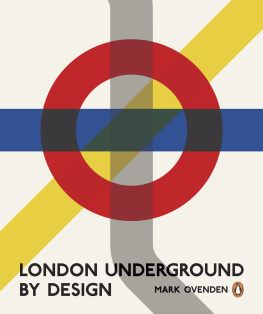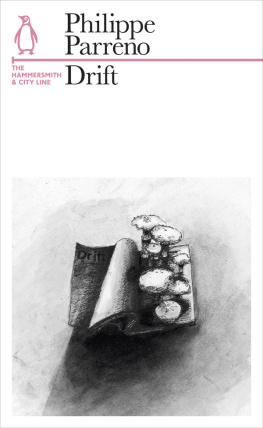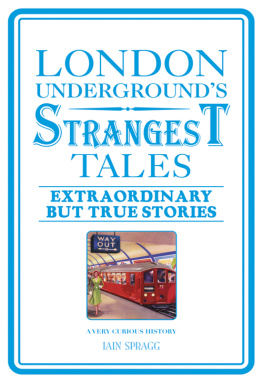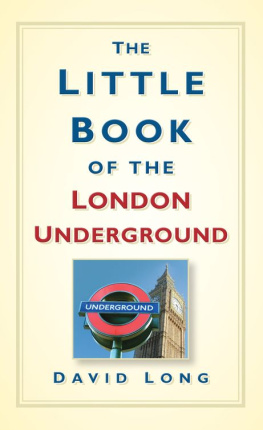Reiss ONeill - Todays London Underground
Here you can read online Reiss ONeill - Todays London Underground full text of the book (entire story) in english for free. Download pdf and epub, get meaning, cover and reviews about this ebook. year: 2018, genre: Home and family. Description of the work, (preface) as well as reviews are available. Best literature library LitArk.com created for fans of good reading and offers a wide selection of genres:
Romance novel
Science fiction
Adventure
Detective
Science
History
Home and family
Prose
Art
Politics
Computer
Non-fiction
Religion
Business
Children
Humor
Choose a favorite category and find really read worthwhile books. Enjoy immersion in the world of imagination, feel the emotions of the characters or learn something new for yourself, make an fascinating discovery.

- Book:Todays London Underground
- Author:
- Genre:
- Year:2018
- Rating:3 / 5
- Favourites:Add to favourites
- Your mark:
- 60
- 1
- 2
- 3
- 4
- 5
Todays London Underground: summary, description and annotation
We offer to read an annotation, description, summary or preface (depends on what the author of the book "Todays London Underground" wrote himself). If you haven't found the necessary information about the book — write in the comments, we will try to find it.
Todays London Underground — read online for free the complete book (whole text) full work
Below is the text of the book, divided by pages. System saving the place of the last page read, allows you to conveniently read the book "Todays London Underground" online for free, without having to search again every time where you left off. Put a bookmark, and you can go to the page where you finished reading at any time.
Font size:
Interval:
Bookmark:
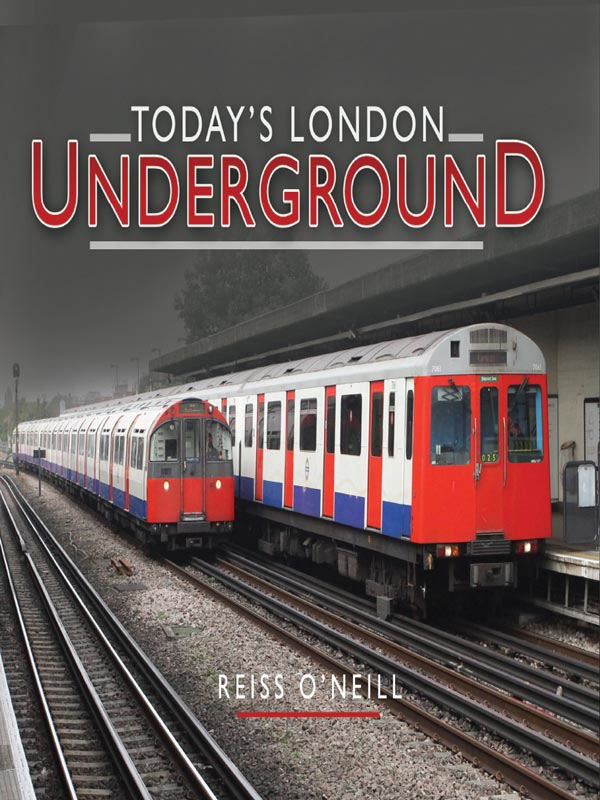

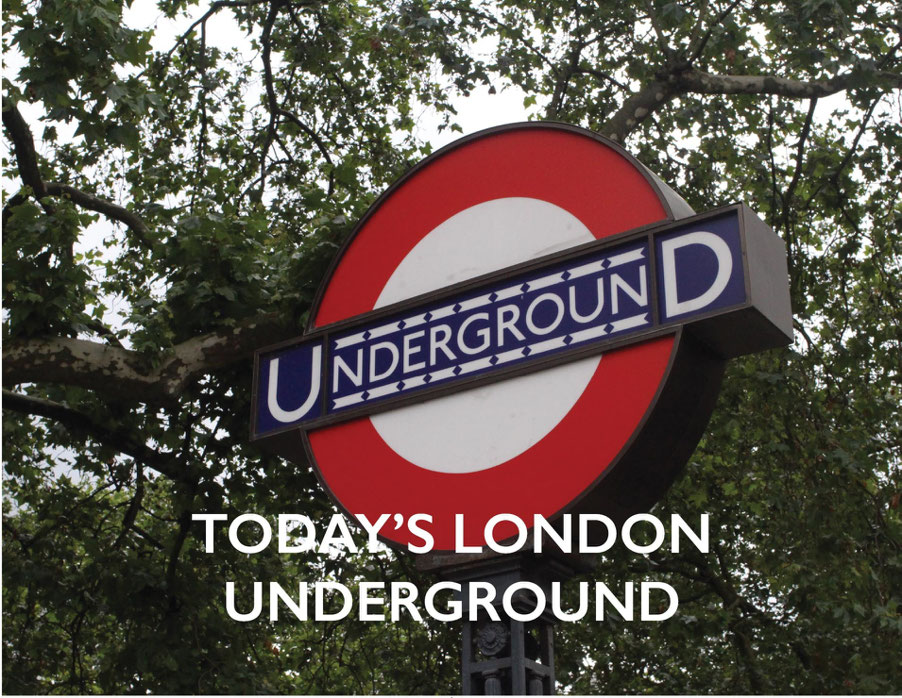
Front Cover: With a train of 1973 Tube Stock about to rumble past on its non-stop run, D Stock 7061 comes to a stop at Stamford Brook. The line ran through here from 1877 but a station wasnt opened until 1912, with the track layout being redesigned in 1932 to accommodate the Piccadilly Lines extension west of Hammersmith to South Harrow. Oddly, for most of the stations on this stretch there is no platform for eastbound Piccadilly trains to use should they need it, except for the westbound platform. (Saturday 3 October 2015).
Title Page: Thankfully today there is a varied amount of historical items preserved and still in use on the system, and one of them is this 1930s style roundel. The roundel has taken many shapes and forms since it first started to appear on the platforms in 1908 and still does the job for which it was designed to do very well, and adds a touch of class to the system. This vintage example is found at Temple station. (Sunday 26 June 2016).
Back Cover Top: The 1967 Tube Stock design came about from the 1960 Tube Stock prototype trains on the Central Line and the experimental 1938 Tube Stock motor car 10306 which operated in its experimental form entering service on the Bakerloo Line in February 1950, later being transferred to the Northern Line in March 1951, where it stayed until withdrawal in 1978. The stock inherited many of the design features that were modern and futuristic compared to London Transports earlier designs of rolling stock. Three notable features were the futuristic-looking wraparound cab windows, giving drivers a better view of the track ahead; the two large individual windows on the car sides instead of the traditional four square windows; and doors with windows that curved up into the roof line allowing standing passengers to see what station the train was pulling into without having to strain themselves bending down to check. These trains operated solely on the Victoria Line as eight-car trains with the exception of a few four-car units at a time on the Central Lines Woodford to Hainault branch. They were London Undergrounds first trains to operate automatically with the driver only needing to open and close doors and push two buttons to start the train. Here at Uxbridge, a train is seen on the stocks First and Last railtour to celebrate its service to the Victoria Line before its withdrawal visiting many places the stock would not have visited before. These trains served the Victoria Line for forty-three years between 1 September 1968 and 30 June 2011. (Sunday 15 May 2011)
Back Cover Bottom: Many enthusiasts will forever have the memory of travelling on the A Stock and especially defying gravity as they were thrown up off the seat cushion as it bounced and rattled at speed over the points at Neasden on its fast non-stop run between Wembley Park and Finchley Road. The tracks and point work are part of the entrance/exit to Neasden depot and sometimes Metropolitan Line trains come to a quick stop here to allow staff to board or alight. Here, A Stock 5124 clatters over the aforementioned points on its way to Baker Street. Some of this stock managed to clock up an amazing fifty-one years of service before the last train ran on Wednesday 26 September 2012. (Thursday 8 October 2009)

Reiss ONeill

First published in Great Britain in 2018 by
PEN & SWORD TRANSPORT
An imprint of
Pen & Sword Books Ltd
Yorkshire - Philadelphia
Copyright Reiss ONeill
ISBN 978 1 47382 347 1
eISBN 978 1 47386 952 3
Mobi ISBN 978 1 47386 951 6
The right of Reiss ONeill to be identified as Author of this work has been asserted by him in accordance with the Copyright, Designs and Patents Act 1988.
A CIP catalogue record for this book is available from the British Library
All rights reserved. No part of this book may be reproduced or transmitted in any form or by any means, electronic or mechanical including photocopying, recording or by any information storage and retrieval system, without permission from the Publisher in writing.
Pen & Sword Books Ltd incorporates the Imprints of Aviation, Atlas, Family History, Fiction, Maritime, Military, Discovery, Politics, History, Archaeology, Select, Wharncliffe Local History, Wharncliffe True Crime, Military Classics, Wharncliffe Transport, Leo Cooper, The Praetorian Press, Remember When, Seaforth Publishing and Frontline Publishing.
For a complete list of Pen & Sword titles please contact
PEN & SWORD BOOKS LTD
47 Church Street, Barnsley, South Yorkshire, S70 2AS, England
E-mail: enquiries@pen-and-sword.co.uk
Website: www.pen-and-sword.co.uk
Or
PEN AND SWORD BOOKS
1950 Lawrence Rd, Havertown, PA 19083, USA
E-mail: Uspen-and-sword@casematepublishers.com
Website: www.penandswordbooks.com
I would like to take this opportunity to give a very big thank you to Brian Hardy for going over the text at such short notice, to check the facts and the text you are a lifesaver and a knowledgeable asset to the enthusiast world! Also, thank you to Matthew Wharmby for his introduction, and Jim Blake, John Scott-Morgan and Janet Brookes for their time, help, and patience.
by Matthew Wharmby
Londons Underground has undergone considerable change in the last decade alone, for a variety of reasons and with a pace that is both measured and surprisingly speedy when it comes to new rolling stock and changes to its interior; upgrading of stations in time to receive new lines to interchange there; and make existing stations step free for all by installing new lifts. This book takes a look at each line, as well as infrastructure and rolling stock, some of which has or is about to disappear into history forever.
Look and Feel
The introduction in the 1990s of a common livery to replace the cheap but unsightly unpainted aluminium finish on trains has brought some colour and stature back to the London Underground brand, disguising the fact that the network is not necessarily in common ownership or under the same kinds of funding and thus leading to a more unified appearance than is the case with Londons buses. Internally, carriage refurbishment has been more adventurous, with themed interiors specified to match, where DDA-type regulations permits, the colours of each line. Wheelchair accessibility has had to take precedence over the amount of seating and general standards of comfort, but the trade-off, it is anticipated, will be in air-conditioning and walk-through trains that will operate faster and more frequently due to signalling improvements carried out at the same time.
Stations, Signalling and Infrastructure
Following the completion of standardisation of signs, timetables and publicity on a mixed upper- and lower-case basis, attention has been turned to the long and arduous work of adapting stations and platforms for wheelchair accessibility. This continues slowly where funds are available, work in this respect concentrating on raising platform levels either with humps or throughout. Stations so equipped are differentiated on the Tube map by a wheelchair symbol (filled for train-to-street accessibility or outlined for street-to-platform accessibility, after which wheelchair users are obliged to call ahead for assistance).
Font size:
Interval:
Bookmark:
Similar books «Todays London Underground»
Look at similar books to Todays London Underground. We have selected literature similar in name and meaning in the hope of providing readers with more options to find new, interesting, not yet read works.
Discussion, reviews of the book Todays London Underground and just readers' own opinions. Leave your comments, write what you think about the work, its meaning or the main characters. Specify what exactly you liked and what you didn't like, and why you think so.




